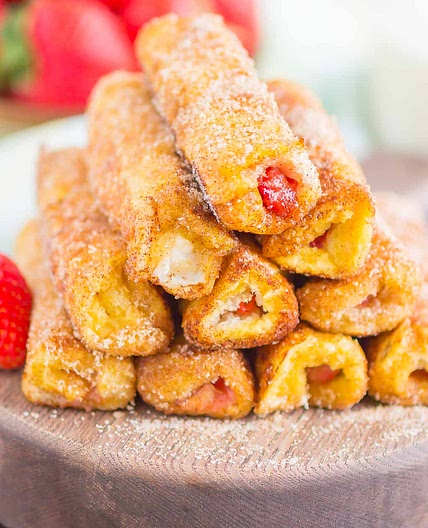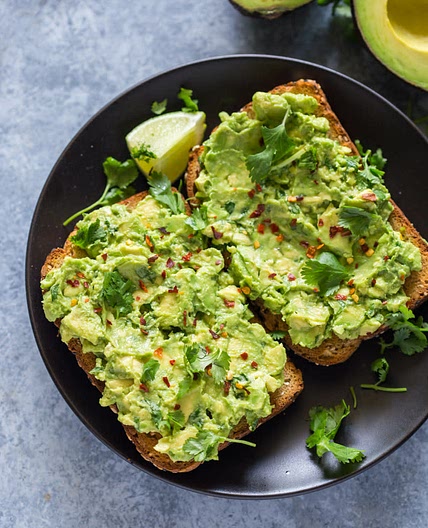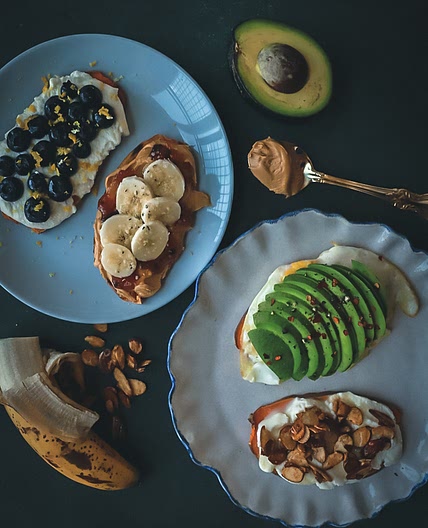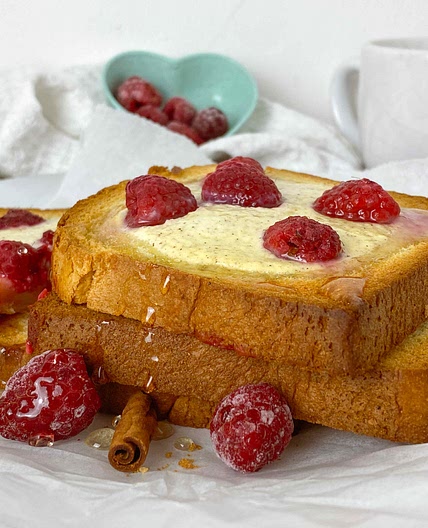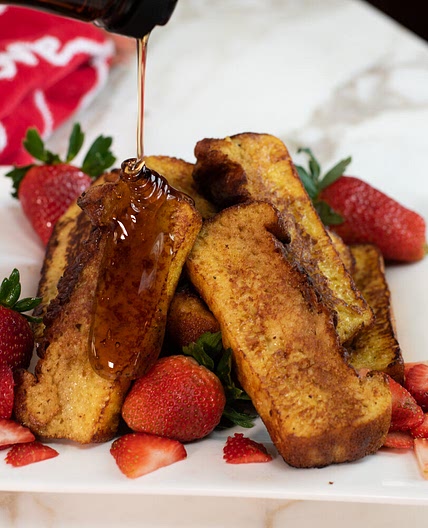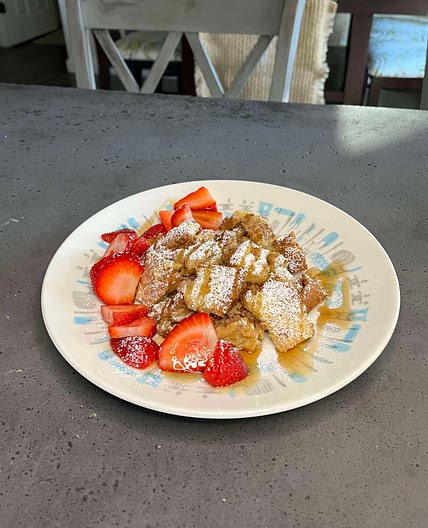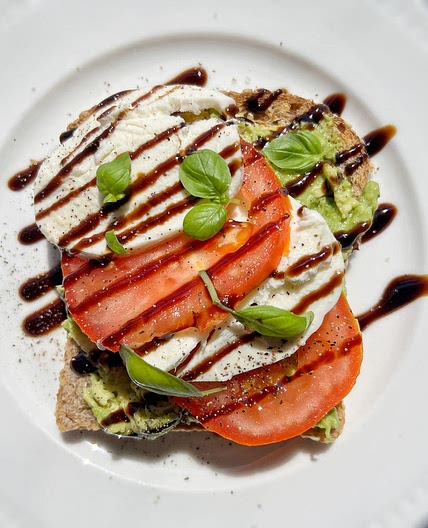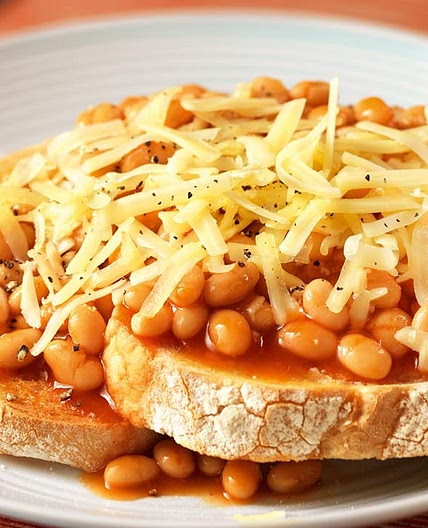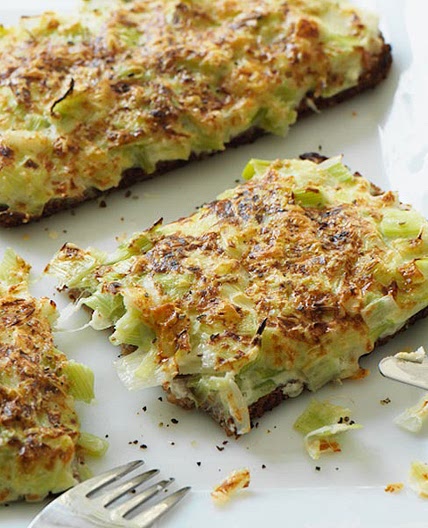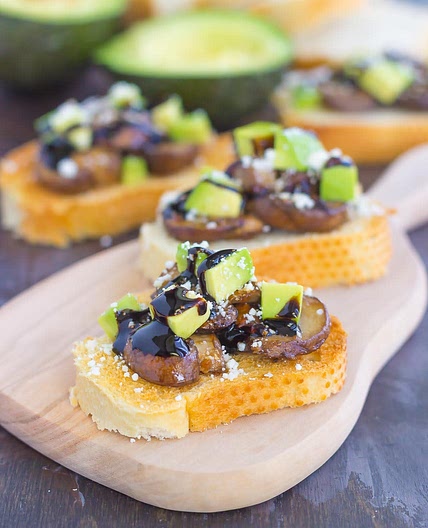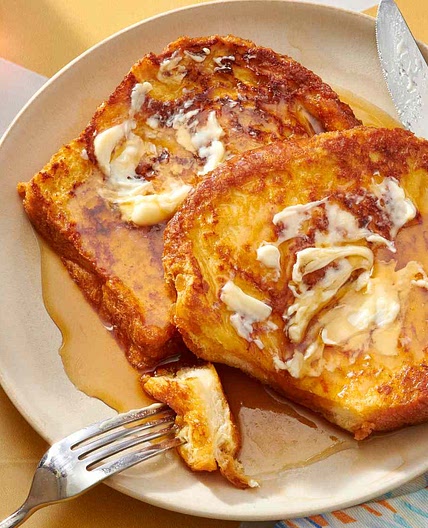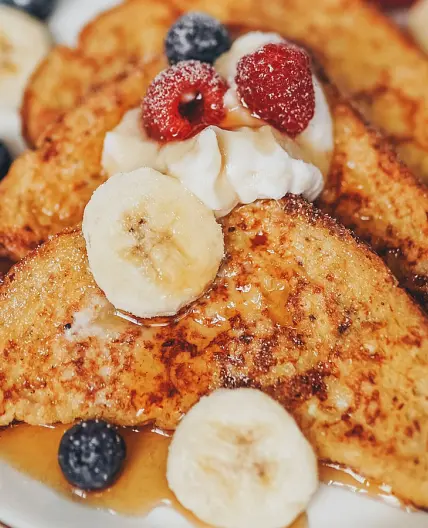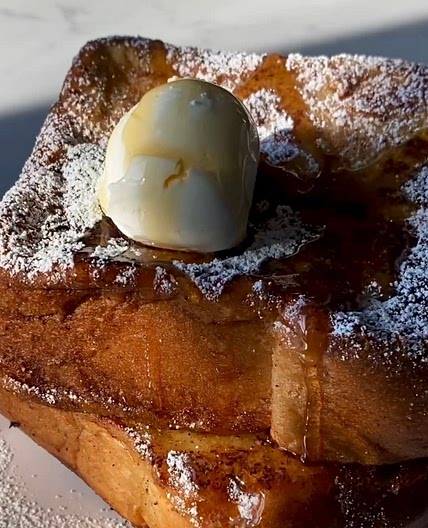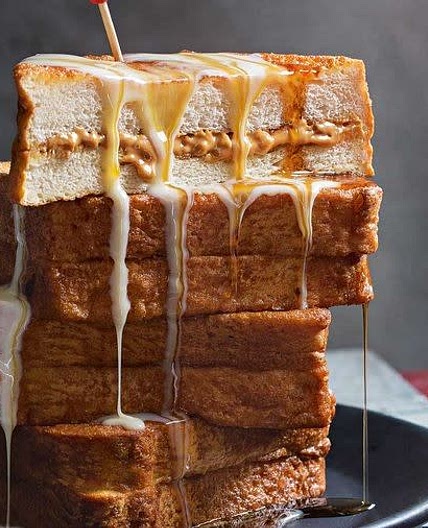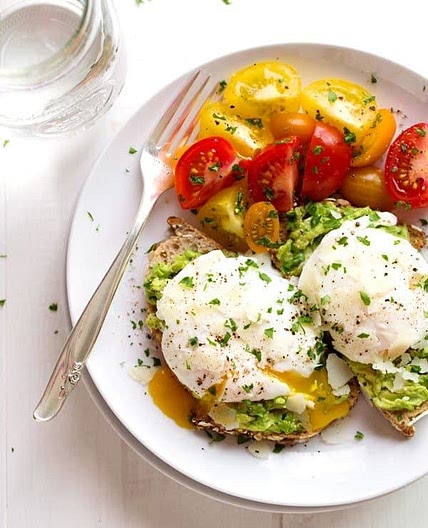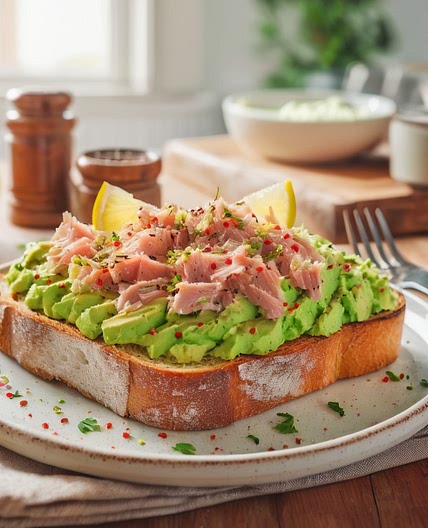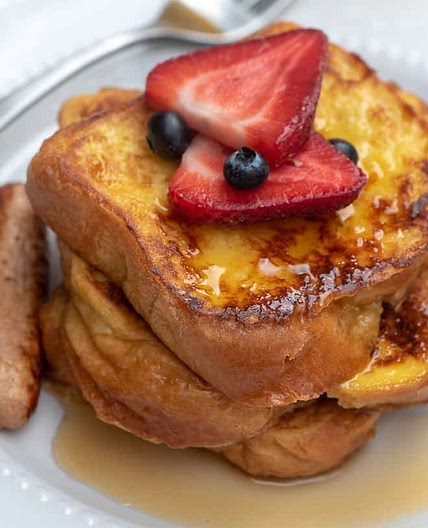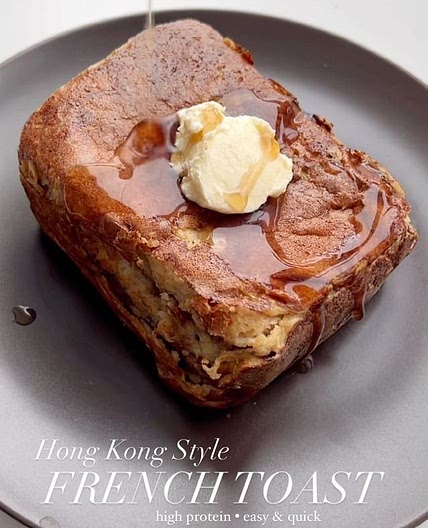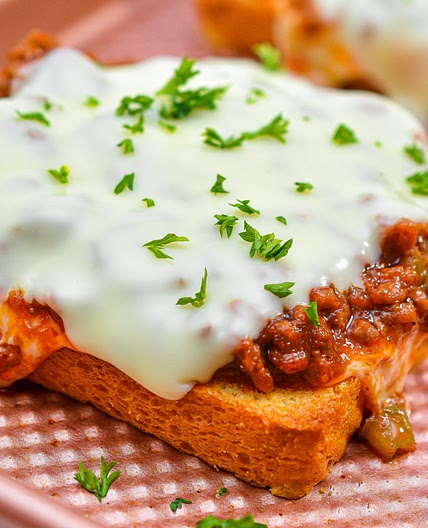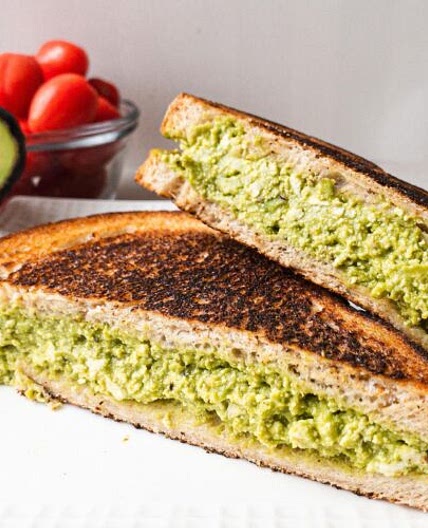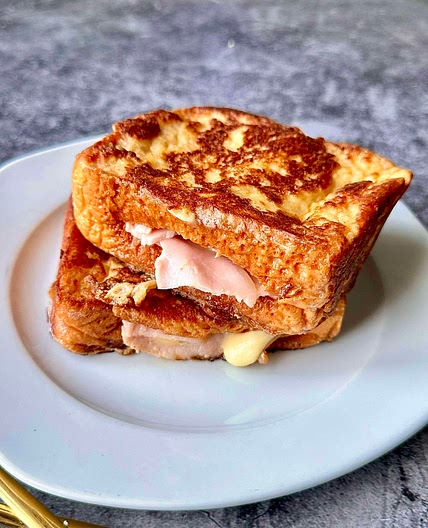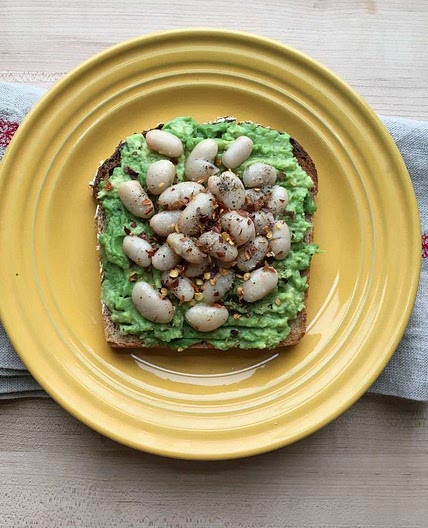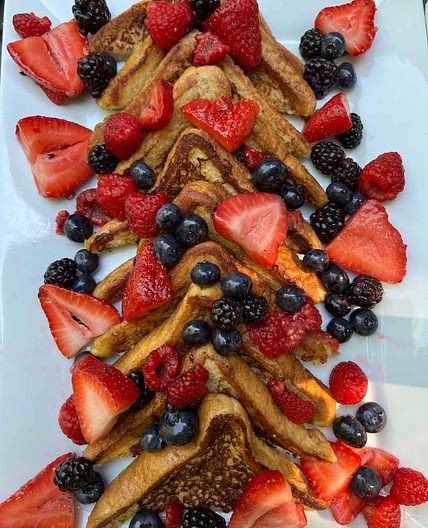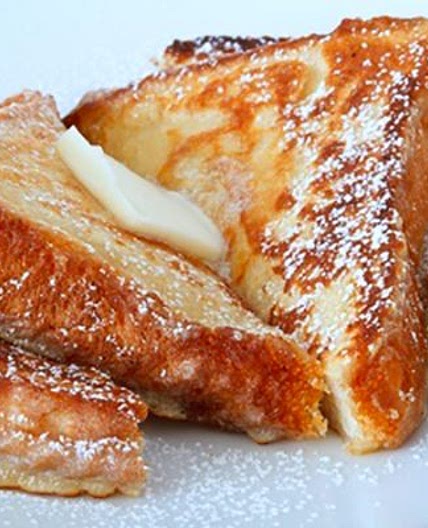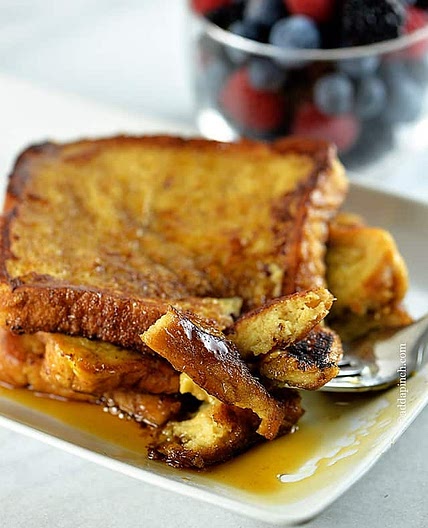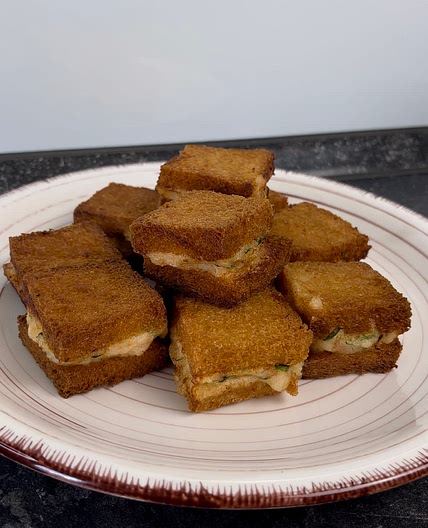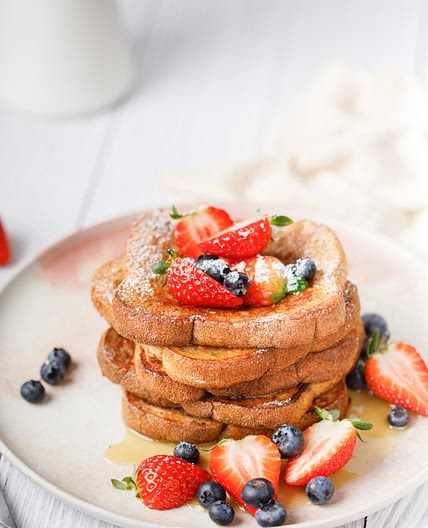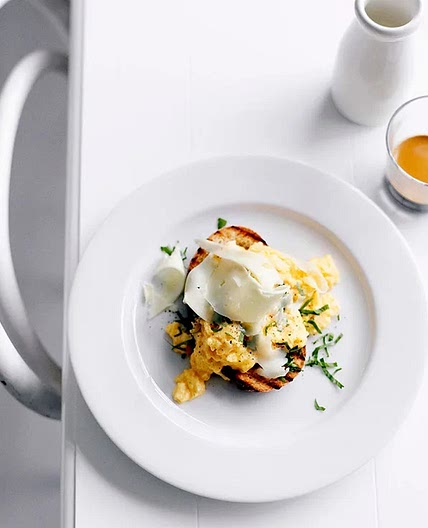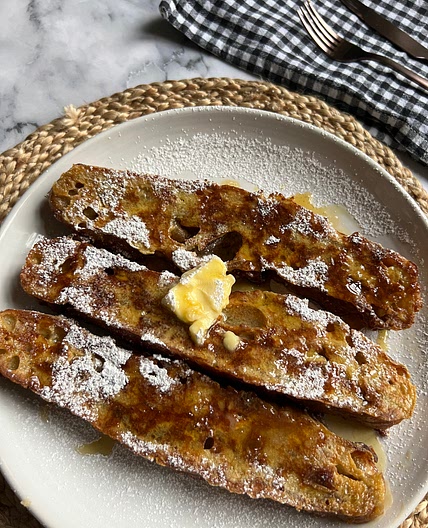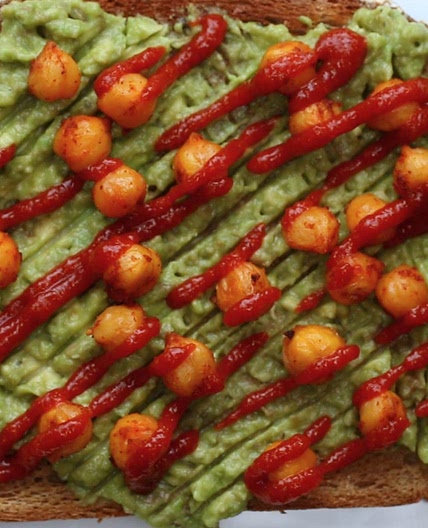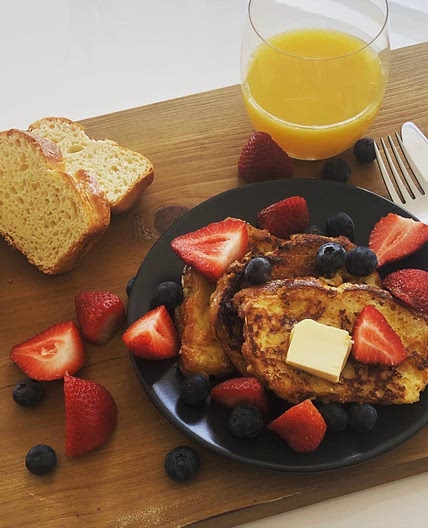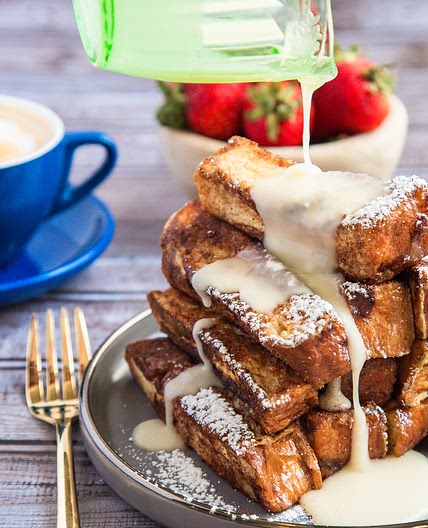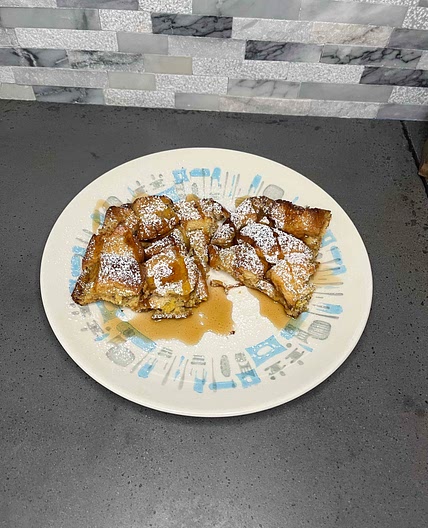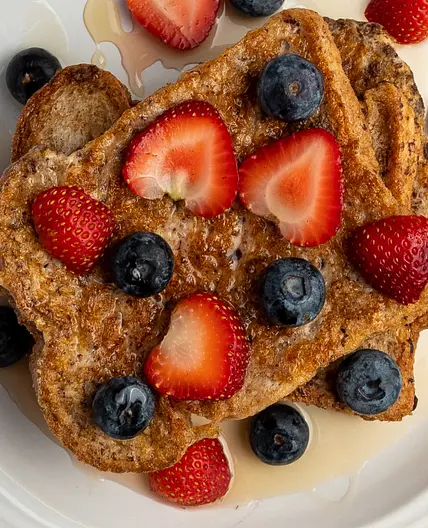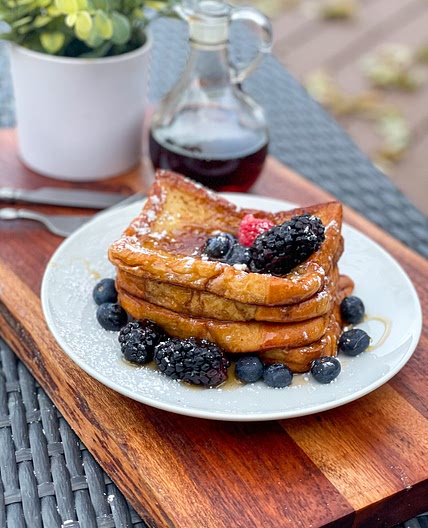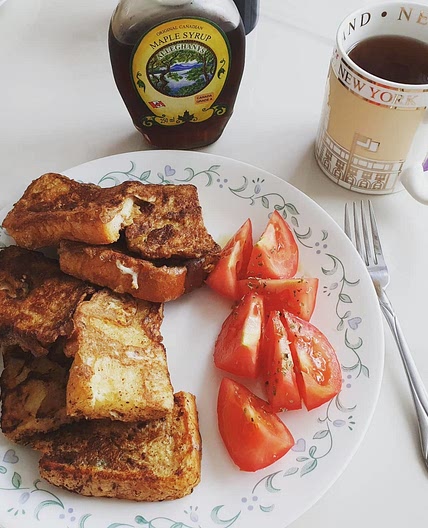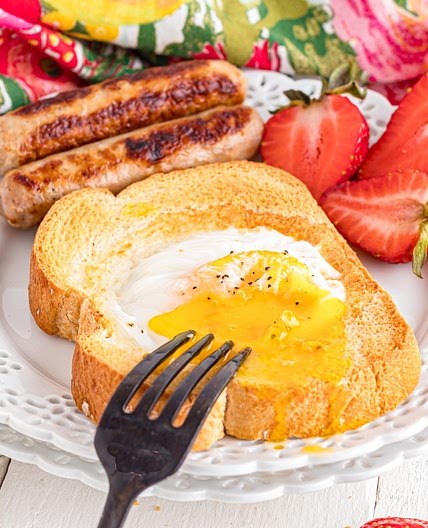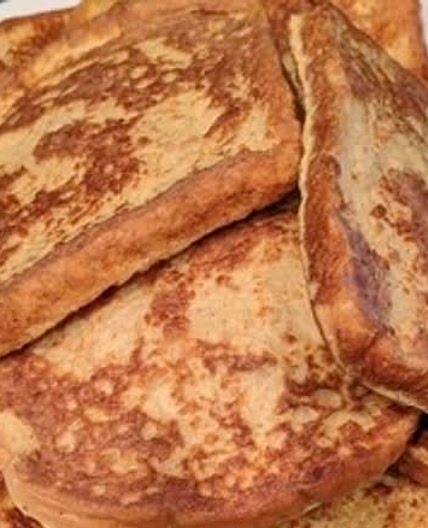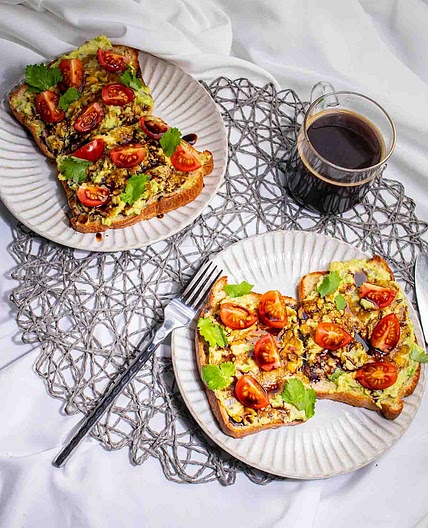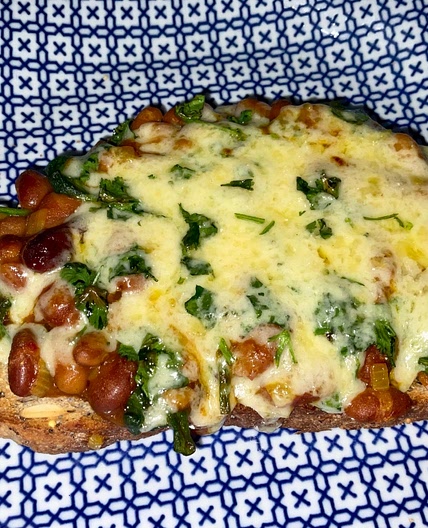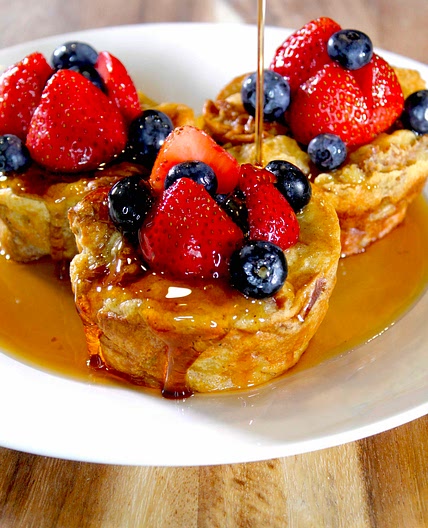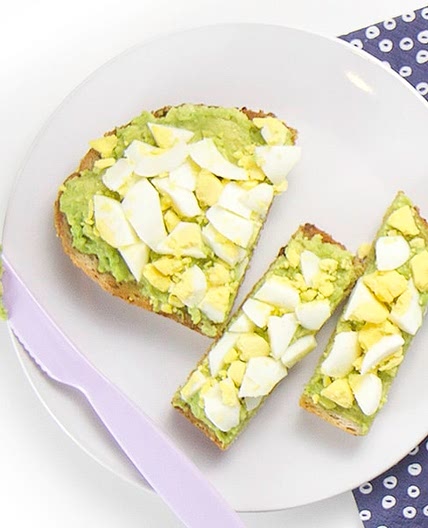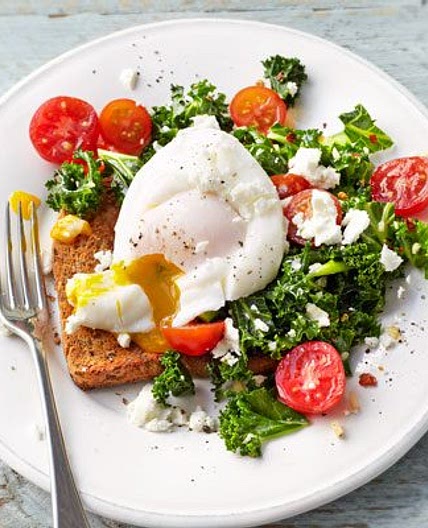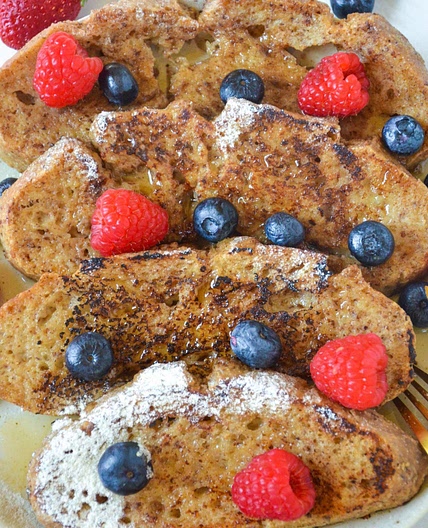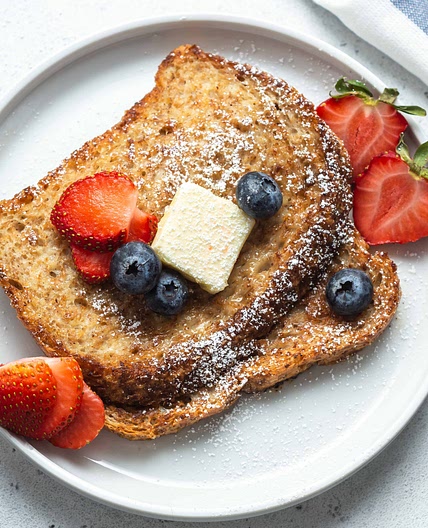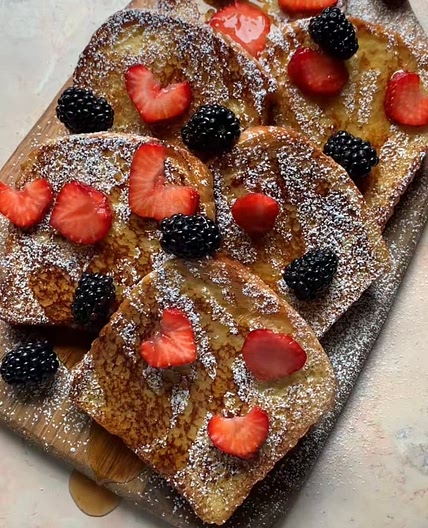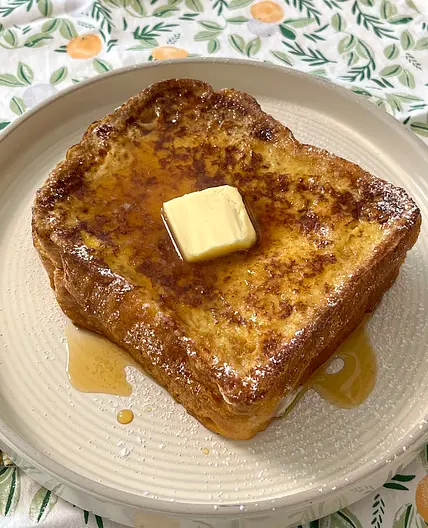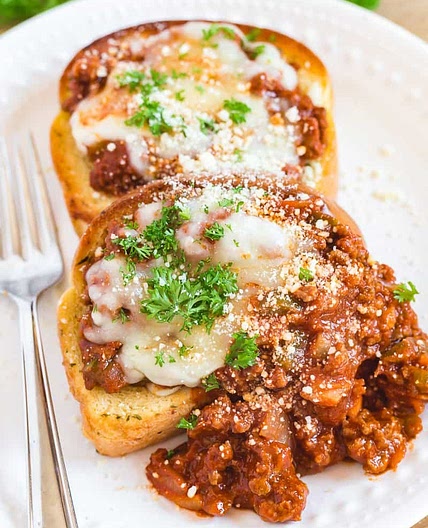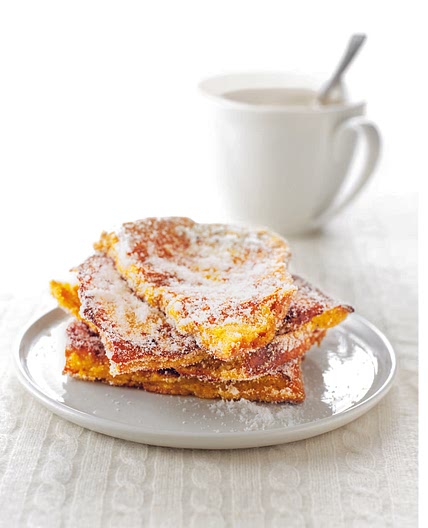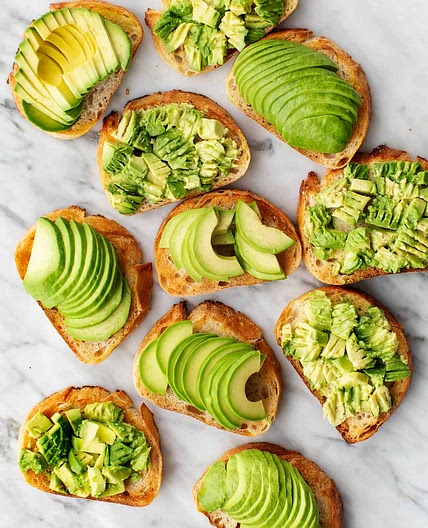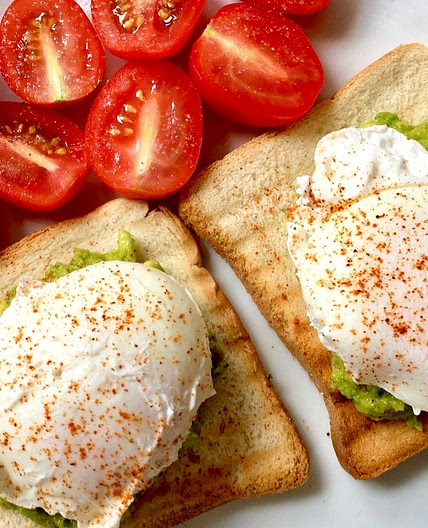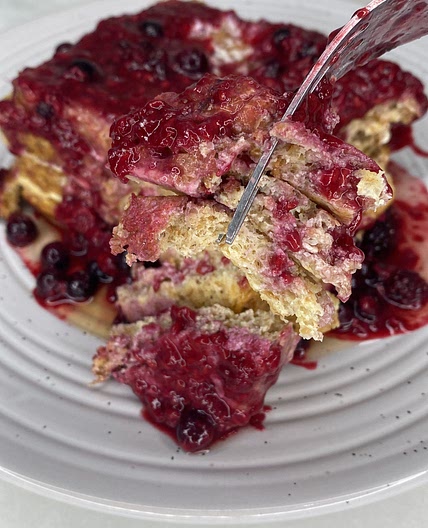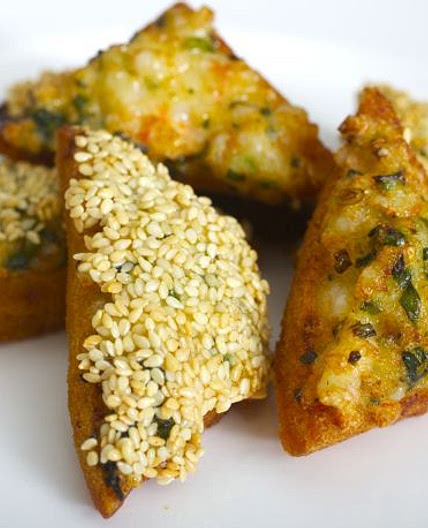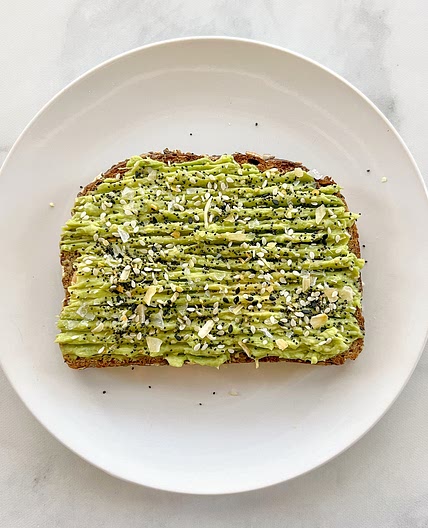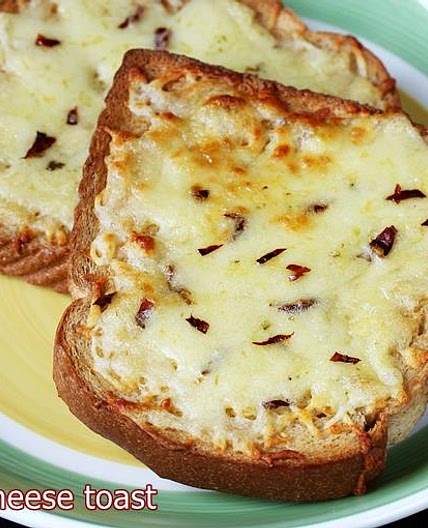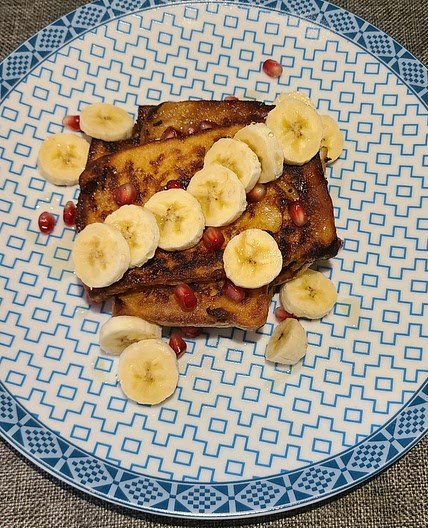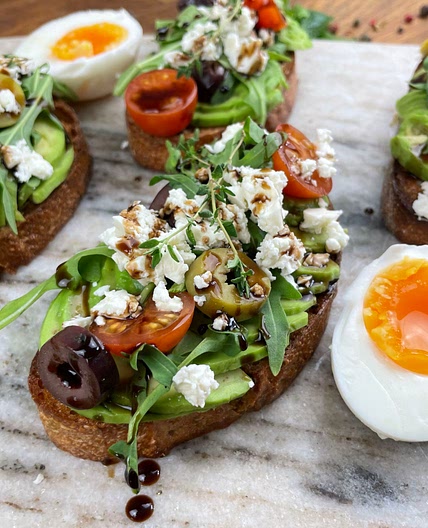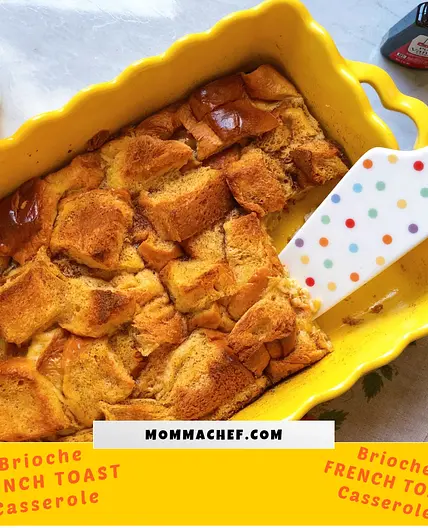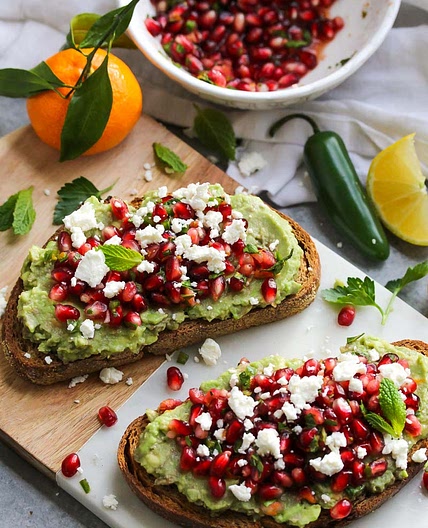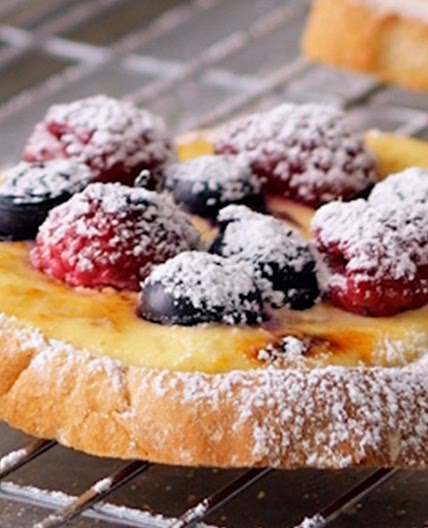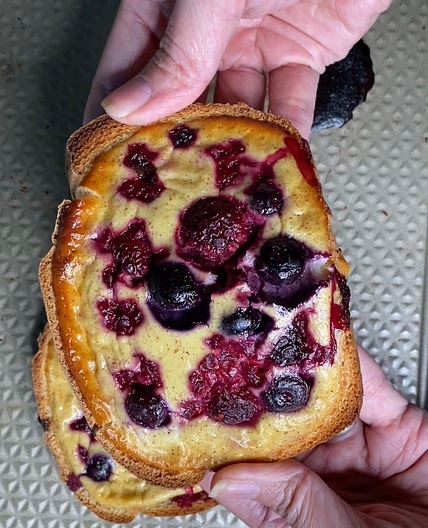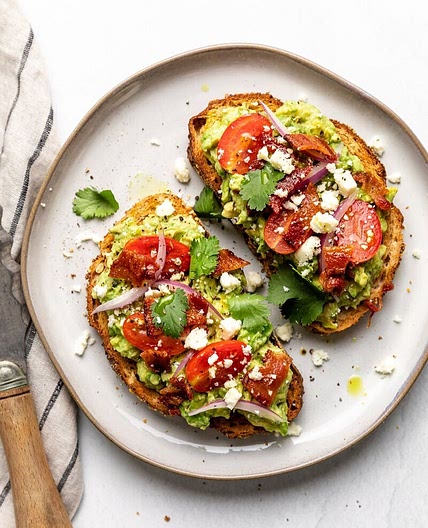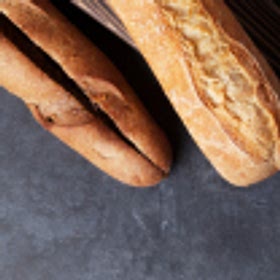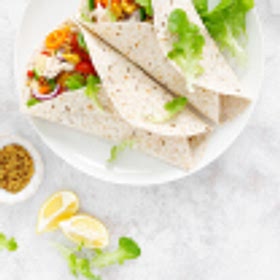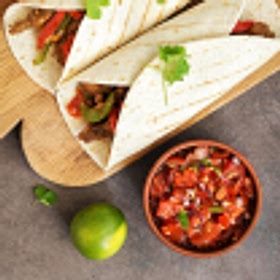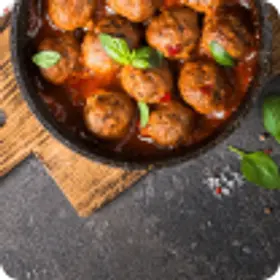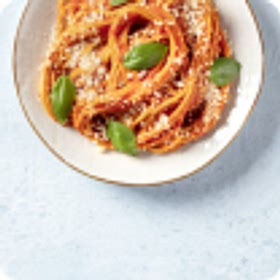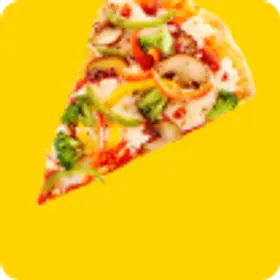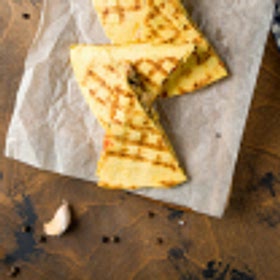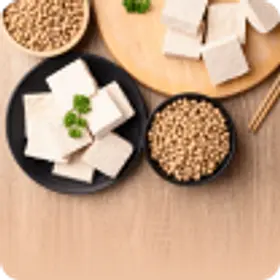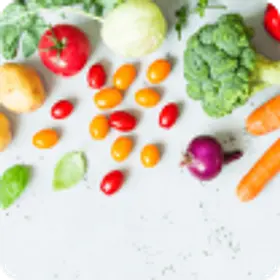TOAST – Samsung Food A Brief History and Versatile Toast Recipes
Toast, the ultimate breakfast staple, has been satisfying cravings for centuries with that crunchy texture and morning smell. Pair it with jam, cream cheese, avo, or even bacon, and you have a meal which has been powering people's days for...well...forever. But how much can there really be to a toast recipe? A little more than you might imagine! Let's step back in time to see where toast came from, and who we have to thank for our morning coffee companion.
Where Did Toast Come From?
The tradition of toasting bread dates back centuries, with roots embedded in ancient civilizations. In the streets of ancient Rome, resourceful cooks discovered that roasting stale bread not only revived its flavor but also made it more palatable. They spiced it up with herbs, garlic, and even honey, transforming it into a savory or sweet treat. Sounds a little like the garlic bread we have today, right?
As time passed, toasted bread found its place on the tables of medieval Europe. It became a common side dish, often served with meat and stews to add textural contrast. It was typically placed at the bottom of a dish, soaking up the flavorful juices and adding bulk to the meal.
The Industrial Revolution brought about a revolutionary invention—the toaster. This humble kitchen appliance allowed people to toast bread quickly and efficiently, making the toast a go-to breakfast item in households across the Western world. The toasting process became more consistent, and everyone could do it. Which is exactly how toast became the staple food that we know today!

Nutritional Value of Toast
Besides its delightful taste and texture, toast can also be a nutritious addition to your diet. Sure, you wouldn’t want to eat it plain, by itself, and in huge amounts every day. But it definitely can form part of a healthy, balanced diet.
The nutritional content varies depending on the type of bread and toppings used, but toast can offer several health benefits.
- Carbohydrates: Toast provides a source of carbohydrates, which are essential for providing energy to our bodies. When paired with protein-rich toppings, like nut butter or eggs, it can make for a balanced and filling meal.
- Dietary Fiber: Whole-grain bread, in particular, is rich in dietary fiber. Fiber aids in digestion, promotes a feeling of fullness, and helps regulate blood sugar levels. It also supports heart health and can lower the risk of certain chronic diseases.
- Vitamins and Minerals: Depending on the type of bread, it can be a source of various vitamins and minerals, such as B vitamins, iron, magnesium, and zinc. These nutrients play vital roles in maintaining overall health and well-being.
- Healthy Fats and Proteins: When topped with ingredients like avocado, nut butter, or smoked salmon, toast becomes a vehicle for healthy fats and proteins. These nutrients are crucial for cellular function, brain health, and building and repairing tissues.
Whole-grain bread, is a particularly good choice as it retains more nutrients compared to refined white bread. So, next time you indulge in a slice, consider opting for whole-grain varieties to boost the nutritional benefits.
Different Types of Bread and Their Nutritional Benefits
- Sourdough: Sourdough bread, made from naturally fermented dough, has gained popularity for its tangy flavor and airy texture. It’s a good source of B vitamins, minerals like selenium, and prebiotics, which support gut health.
- Rye: Rye bread is known for its robust flavor and dense texture. It is high in fiber, which aids in digestion, and provides manganese, phosphorus, and magnesium, essential for bone health.
- Whole-grain: As mentioned earlier, whole-grain bread is rich in fiber, B vitamins, and minerals. It also contains antioxidants, which help combat oxidative stress in the body.
- Multigrain: Multigrain bread is made from a mixture of various grains, offering a diverse nutritional profile. It may contain flaxseeds, sunflower seeds, or oats, providing healthy fats and additional nutrients.
Exploring the Uses of Toast
Toast has found its way into so many dishes, it is not only breakfast food but so much more. Here are some popular toast recipes you might want to incorporate into your weekly meal plan:
- Avocado Toast: The rise of the avocado toast phenomenon has taken the culinary world by storm. By spreading mashed avocado on a slice of toasted bread and adding a sprinkle of salt, pepper, and chili flakes, you create a harmonious blend of creamy and spicy flavors. It has become a go-to choice for a quick and healthy breakfast or snack.
- Toasted Sandwiches: Layer your favorite deli meats, cheese, and vegetables between two slices of toast, then grill it to perfection. The result? A satisfyingly crispy and melty sandwich that never fails to hit the spot.
- French Toast: Take a delicious detour from the savory world by dipping slices of bread into an egg and milk mixture, then frying them until golden brown to make a beautiful breakfast treat. Top it off with syrup, powdered sugar, or your favorite toppings for an extra touch of flavor.
- Bruschetta: Toast slices of bread, then top them with diced tomatoes, fresh herbs, and a drizzle of balsamic vinegar. The resulting flavors will transport you to the heart of the Mediterranean.
- Croutons: Transforming toast into bite-sized flavor bombs, croutons bring an irresistible crunch to soups, salads, and casseroles. They’re particularly delicious on a Cesar salad, and can add texture to almost any soft dish. Can you tell we’re fans of croutons?
- Nut Butter and Banana Toast: For a nutritious and tasty snack, spread your favorite nut butter (peanut, almond, or cashew) over a slice of toast and top it with banana slices. This combination of protein, healthy fats, and natural sweetness is a winner! Just remember that nut butters are high in calories – although healthy calories – so you may want to log your intake if you’re trying to lose weight. Try to opt for ones without added sugar too.
- Smoked Salmon Toast: Elevate your breakfast or brunch game with smoked salmon, cream cheese, capers, and a sprinkle of fresh dill. It’s such a delicious combination!

Mastering the Art of Toast-Making
While toast may seem like a simple dish, getting the perfect golden-brown slice requires attention to detail. Here are some tips and tricks to help you become a toast-making expert:
- Choose the Right Bread. Opt for bread that is a day or two old, as it tends to have a denser texture that toasts well. Experiment with different varieties like sourdough, rye, or whole grain to add unique flavors and nutritional value to your toast.
- Temperature and Timing. Set your toaster to a medium-high heat setting to ensure your bread toasts evenly. Keep a close eye on it, as toasting times may vary. Another tip? Turn the bread around halfway through – some toasters don’t toast evenly on both sides!
- Toppings Galore. Don’t be afraid to explore a wide range of toppings to personalize your toast. From classics like butter and jam to more adventurous options like hummus, nut butter, or smoked salmon, the possibilities are endless.
- Embrace Texture and Layering. Toast provides an excellent foundation for layering flavors and textures. Consider adding a variety of toppings, such as sliced fruits, herbs, spices, or even a sprinkle of sea salt.
FAQs
Toast originated in ancient Rome, where stale bread was roasted and seasoned with spices to make it more palatable. The practice of toasting bread spread throughout medieval Europe, and it became a popular side dish. The invention of the toaster during the Industrial Revolution made it easier to make it, leading to its widespread popularity as a breakfast food.
Toast can be a nutritious and versatile breakfast option. Some healthy toppings include mashed avocado, sliced tomatoes, hummus, smoked salmon, almond butter, or Greek yogurt with berries. These toppings provide a balance of healthy fats, protein, and vitamins.
While it’s not common to freeze toast, you can freeze bread before toasting it. Slice the bread, place it in an airtight container or freezer bag, and freeze. When you’re ready to enjoy toast, simply pop the frozen slices into the toaster or oven until they are golden and crispy.
Regular wheat bread contains gluten, so it is not gluten-free. However, there are gluten-free bread options available that can be toasted to achieve a similar texture and flavor. These bread alternatives are typically made from ingredients like rice flour, almond flour, or tapioca starch.
A Toast to the Humble Piece of Toast
From its humble beginnings in ancient Rome to its prominence in modern-day cuisine, toast has captured the hearts and taste buds of people worldwide. With its crunchy texture, toasty aroma, and endless possibilities for toppings, toast remains an amazing breakfast option, and more.
